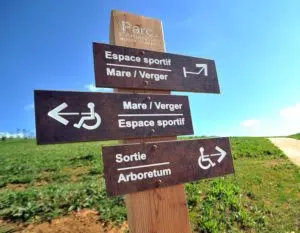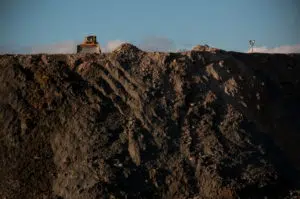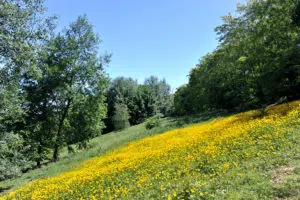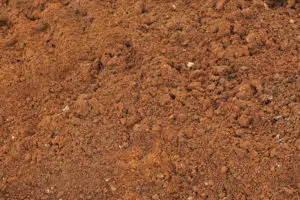Developing, renaturalizing derelict sites
Our projects are at the heart of a circular economy approach to the reuse of excavated soil from construction sites.
Through the reuse of this inert soil, ECT proposes and carries out non-built, sustainable development projects with an environmental and social vocation.
Each project enables the development of one or more new uses for the site to be revitalized : nature areas, reforestation, recreation zones, agricultural rehabilitation, even solar farms. These new developments enhance the region’s appeal.
A new, concerted and useful use for the region
Developing local development projects
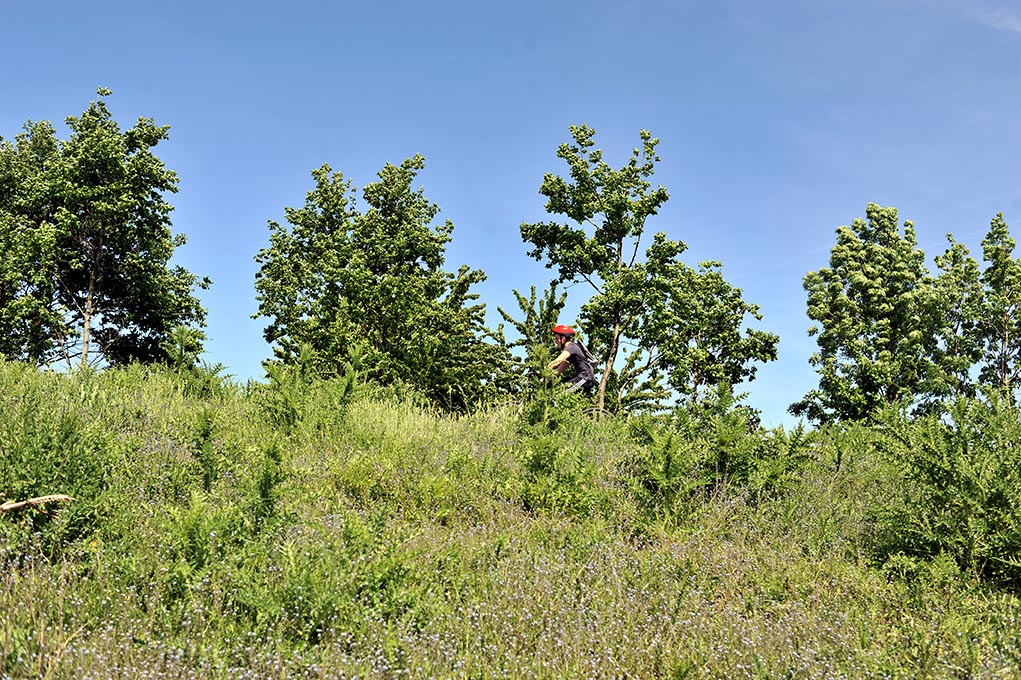
ECT works with local communities to develop useful and concerted development projects, at no cost to the community. There are 3 key stages in this process.
ECT’s Development and Design department works with all stakeholders to define the local challenges of the sites to be (re)developed:
- Enhance a site with little or no potential: wasteland, neglected areas, degraded farmland, etc.
- Safety : this is the case for hazardous quarries, noise pollution, regularly occupied sites, etc.
- Protect and safeguard a threatened environment, landscape or asset (green belts, undeveloped land)
1
A site to develop
Derelict site, site of former activity
Site to be improved, site near a road or railroad line
Sensitive site, site to be protected
Denatured site, occupied site
2
Site enhancement, land reclamation
Improving the living environment
Site renaturation
Safety
Land rehabilitation
New infrastructure or equipment
3
A concerted, sustainable project
A project self-financed by the contribution of inert soil
Eco-design of inert soil reuse that respects the environment and biodiversity
Local consultation

100% self-financed projects
No cost to the community :
The contribution of land from the construction and public works sector will enable us to self-finance the development work.
Taking action and developing sites that have been denatured, abandoned or dangerous is now possible. These projects are no longer a source of cost for the community, but become a development opportunity.
Defining a new use for the site
The aim is to (re)give a non-built use value to the site and to agree on the purpose of the development through the reuse of inert soil excavated from building sites. In this way, the sites to be developed become areas for the direct reuse of land in accordance with the principles of the circular economy.
The implementation of ECT’s various development solutions will therefore make it possible to meet the needs of cities and their residents.
In most cases, these development projects have several objectives. This is how they respond
- to the diverse aspirations of local residents
- communities’ need for green spaces and undeveloped infrastructure.
- The objectives of the ZAN areto combat the artificialization of land and to reduce land consumption. The aim is to protect natural agricultural and forest areas (NAF).
For example :
- renaturate wasteland, reforest,
- create parks open to the public,
- densify leisure and outdoor sports areas,
- create biodiversity protection zones,
- returning land to agriculture,
- protect against noise with landscape buffers,
- secure careers,
- create urban farms,
- model golf courses,
- installing photovoltaic power plants.
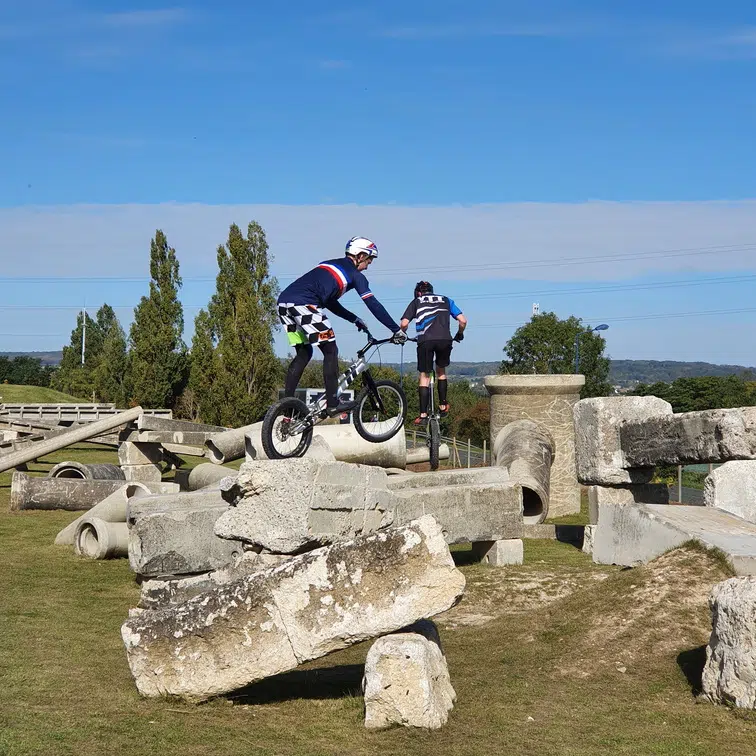
ECT projects contribute to ZAN objectives
Project life cycle
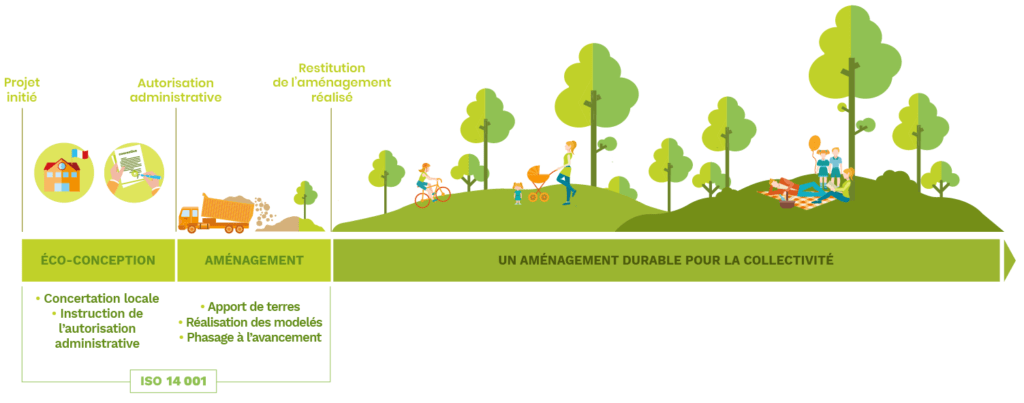
Lifecycle phases
Project approvals, regulations and assessment
- Site design, consultation, instruction and administrative authorization
- Opening the site to soil inputs: controls, traceability and use of soil, earthworks and modelling.
- Finalization of equipment and landscaping.
- Return of the landscaping, generally to the community, open to the public or handed over to the farmer.
- All projects are carried out under the terms of prefectoral decrees or development permits appraised by government departments.
- ECT directly carries out construction work within the scope of its authorizations.
- Soil reception is managed in strict compliance with material traceability obligations.
- Throughout the life of the project, it is evaluated on the basis of environmental and societal indicators.
Site design
The site’s design brings together a wide range of skills. It requires the in-house expertise of the Development department, combined with that of our partners, ecologists, landscape architects or specialists in the planned developments.
- landscape design of the site, following excavated soil inputs and depending on the development objective,
- the site’s ecological and biodiversity potential, with the implementation of ERC strategies and the recreation of natural environments,
- hydrogeological management of the site,
- integrating the future worksite with local constraints and defining the worksite phasing to ensure complete operational safety,
- education and communication around the project.
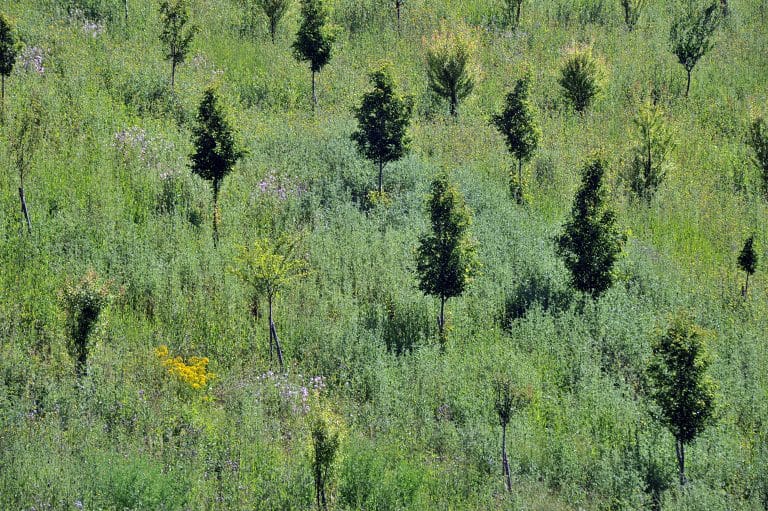
Sustainable projects with a positive impact
By applying the principles of a circular economy for excavated soil, the site where the soil is received becomes a non-built development site serving the attractiveness of the area. The transformation of derelict land enables us to take action to preserve local ecosystems and create useful facilities for local residents and users.
The landscaping carried out combats the causes of biodiversity erosion. And implement nature-based adaptation solutions.

